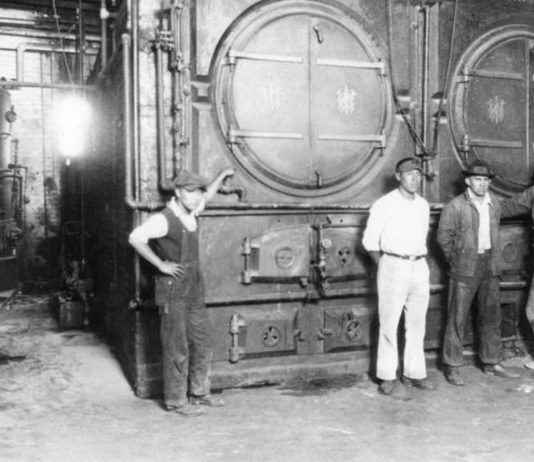Transcript
I’m Mark Feffer and this is PeopleTech, the podcast of the HCM Technology Report.
This edition is brought to you by our friends at Ultimate Software, a leading innovator in cloud-based HR technology. They’re dedicated to putting people first—with cloud-based solutions designed to engage, motivate, and empower your workforce. Learn...
For all the talk we hear about the importance of culture and
balance, a new report’s found the majority of employees will remain in place
under less-than-ideal circumstances.
iHire’s 2019 Talent Retention Report says that while candidates and employees highly value culture and engagement, money carries more weight when they’re deciding whether...
Employers are putting their money where their mouths are when it comes to training workers to cope with automation and AI. A new report shows that nearly half of U.S. companies plan to raise their learning budgets to align worker skills with the way technology is changing many jobs....
Applying “smart automation” can reduce a typical HR
organization’s costs and staff hours while improving its effectiveness and
service delivery, according to a new report from the Hackett Group.
Adopting technologies such as robotic process automation and smart data capture can cut costs by 17 percent and decrease staff hours by 26...
Listen to a podcast of this story.
While the remote workforce’s gender dynamics largely align
with those of in-office workers, a survey by Ultimate Software found some
surprising differences.
For example, in both environments men were more likely to be promoted within the last year. But the gap was dramatically wider in...
The use of video interviewing platforms has been slowly but inevitably rising, with a number of reports showing that a majority of U.S. employers use their technology in one form or another. But at the same time, nearly two-thirds of U.S. workers say they’d prefer their job interviews to...
The demands of managing an increasingly far-flung workforce
and the need to replace legacy systems with up-to-date HCM products will drive
the market value for HR management solutions to an estimated $30 billion by
2025, new research says.
According to Research and Markets, the proliferation of analytics, machine learning, AI and the Internet...
Multinational employers would rather upskill their existing
HR teams members to analyze workforce data and put it to use. That goal becomes
increasingly realistic as more products become available to help make data and
analytics accessible.
According to Innovation Generation: the Big HR tech Disconnect, a report from Thomsons Online Benefits, the number...
While the momentum of workplace automation continues to
gather speed, relatively few North American employers have developed a formal
digital transformation strategy. And while one report indicates those that have
are leaving HR out of the loop, another shows that companies that prioritize
workforce issues turn in stronger financial performances.
As we recently reported,...
As the
integration of technology solutions continues to spread across organizations,
collaboration between senior executives has become increasingly close. The
trend is especially apparent among financial and technology leaders.
At the same time, some HCM technology vendors say both the financial and technology organizations are becoming more visible during purchasing discussions, which often...






















